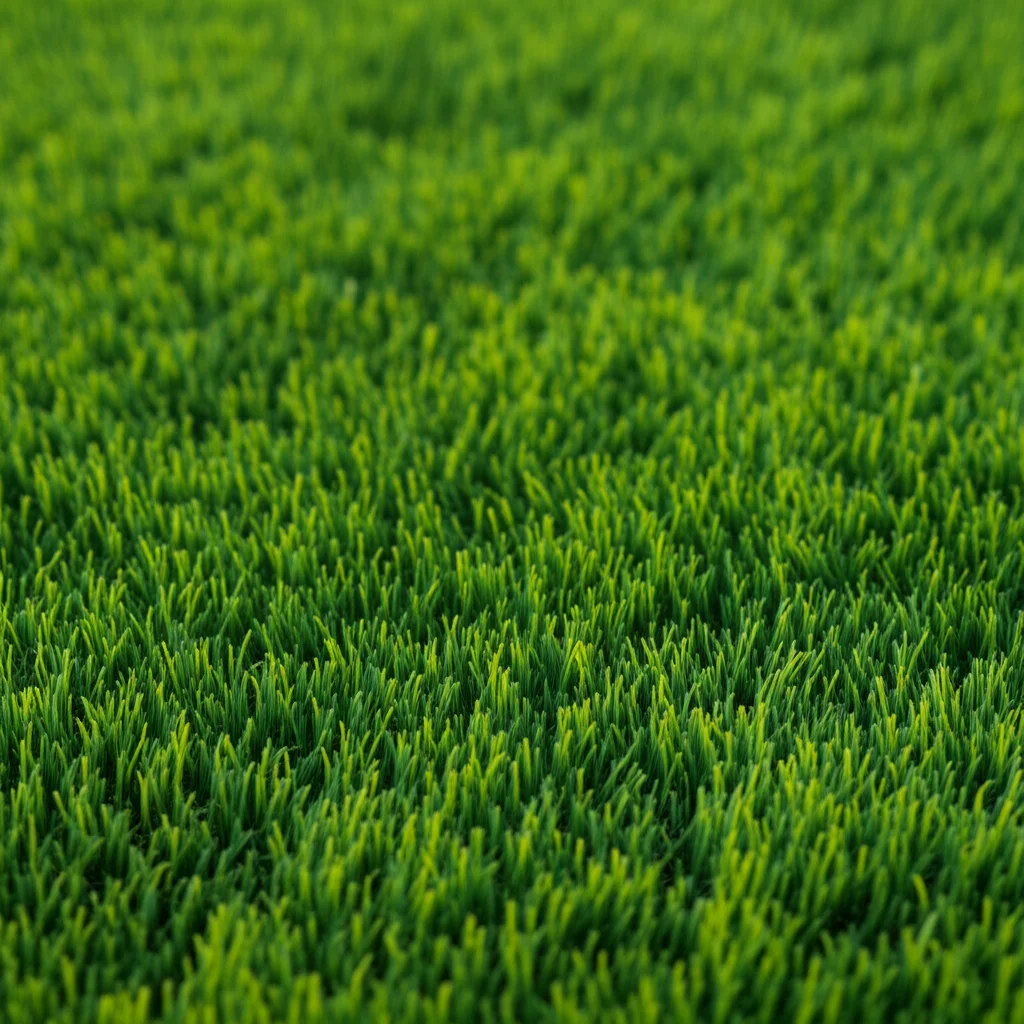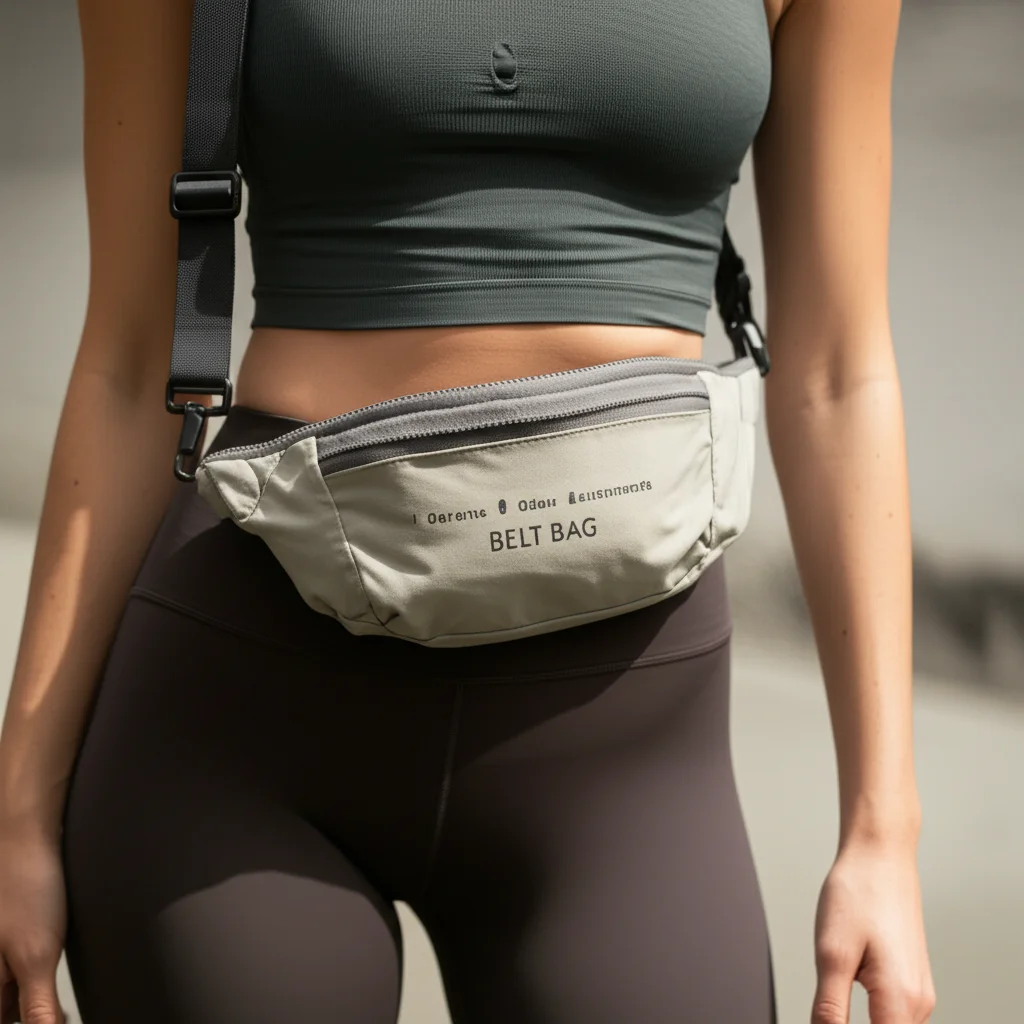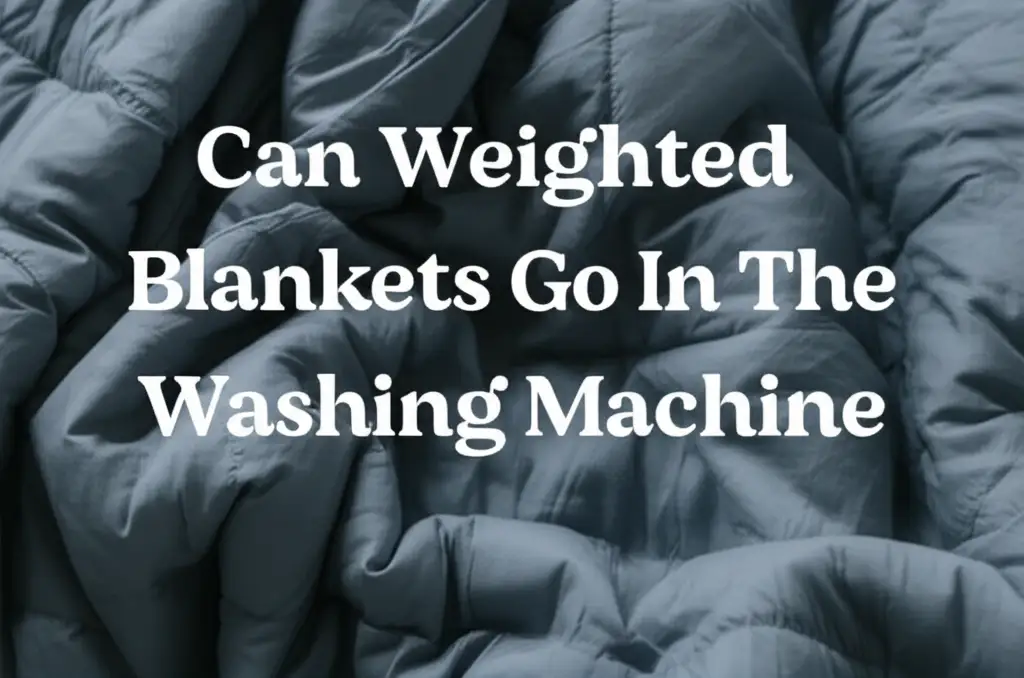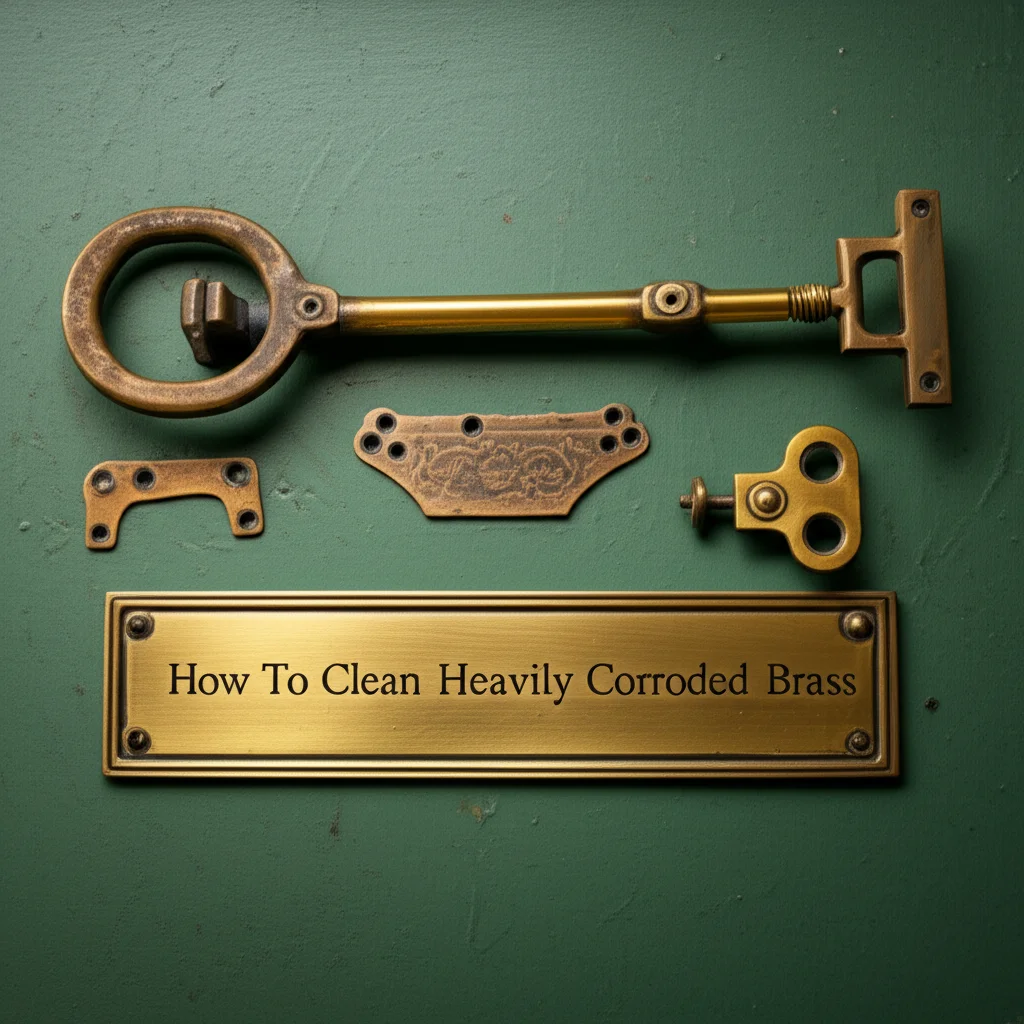· Todd Martin · Home Care · 17 min read
How To Clean Fake Grass

Keep Your Lawn Pristine: How to Clean Fake Grass
Fake grass, also known as artificial turf, offers a beautiful, low-maintenance lawn solution. It stays green all year and does not need mowing or watering. However, “low-maintenance” does not mean “no maintenance.” Your fake grass still requires regular cleaning to look its best and last a long time. Dirt, dust, leaves, and pet waste can build up, causing the grass to look dull and become less hygienic. I understand you want your outdoor space to always look inviting. This guide will show you how to clean fake grass easily and keep it in top condition. We will cover routine care, stain removal, dealing with pet messes, and deep cleaning methods.
Takeaway
- Sweep or rinse fake grass regularly to remove loose debris.
- Address spills and stains quickly with mild soap and water.
- Use specialized cleaners for pet odors and specific types of stains.
- Brush the turf fibers against their grain to maintain their upright appearance.
To clean fake grass, regularly remove debris by sweeping or rinsing, then spot clean spills and pet messes with a mild detergent solution. For deeper cleaning, use a specialized artificial turf cleaner or a mixture of vinegar and water, followed by brushing to restore the pile.
Understanding Your Fake Grass: Types and Maintenance Needs
Fake grass is a popular choice for many homes and businesses. It gives you a green lawn without the work of real grass. It is made from synthetic fibers, usually polyethylene, polypropylene, or nylon. These materials make it durable and look like natural grass. Different types of fake grass exist. Some have short, dense blades, while others have longer, softer ones. Each type needs proper care to keep its appearance.
Regular cleaning helps your fake grass last longer. It prevents dirt from building up at the base of the fibers. This buildup can make the turf feel hard or flat. It can also trap moisture, which might lead to mold or mildew growth. Proper maintenance keeps the fake grass looking fresh and vibrant. It also makes sure your outdoor area remains a clean and pleasant place. I find that understanding the type of grass you have helps you choose the best cleaning tools.
You will notice that different types of fake grass respond best to specific care methods. For instance, shorter pile grass might need more frequent rinsing to remove small debris. Longer pile grass can trap more dirt, requiring more thorough brushing. All fake grass benefits from quick attention to spills. Delaying cleanup allows stains to set in. Regular care protects your investment.
Keeping your fake grass clean also maintains its drainage properties. Good drainage prevents puddles and odors. It ensures water passes through the turf backing. When debris clogs the drainage holes, water may sit on top. This can create problems and reduce the turf’s lifespan. A clean turf is a healthy turf.
Essential Tools and Supplies for Cleaning Fake Grass
Having the right tools makes cleaning fake grass simple and effective. You do not need many items, but the correct ones make a big difference. I always start by gathering my supplies before beginning any cleaning task. This saves time and ensures I have everything ready.
Here is a list of essential tools and supplies you will need:
- Stiff-bristled broom or power brush: This is for removing loose debris and refreshing the turf’s pile. A power brush works wonders for larger areas.
- Garden hose with a spray nozzle: Water is your main cleaning agent for routine rinses. A nozzle helps direct the stream.
- Mild dish soap or artificial turf cleaner: For general cleaning and light stains, a mild soap is effective. For tougher jobs, consider a cleaner made specifically for fake grass. These cleaners often contain enzymes that break down organic matter and odors.
- Bucket: To mix your cleaning solution.
- White vinegar: A natural deodorizer and disinfectant, good for pet messes and general freshness.
- Absorbent cloths or paper towels: For blotting spills quickly.
- Plastic scoop or shovel: For removing solid pet waste.
- Gloves: To protect your hands during cleaning.
Using these tools properly ensures you clean your fake grass without causing damage. Always test any new cleaning solution on a small, hidden area first. This prevents unexpected discoloration or damage to your turf. Remember, strong chemicals can harm the synthetic fibers. Stick to mild, recommended cleaners. You will find that these basic items cover almost all your fake grass cleaning needs.
Routine Cleaning: Keeping Your Artificial Lawn Tidy
Regular, light cleaning is key to keeping your fake grass looking good every day. Think of it like sweeping your indoor floors. Small efforts often prevent big problems later. I make sure to do these routine tasks weekly, or more often if the weather is windy or if my pets use the yard frequently. This helps to prevent dirt and debris from settling deep into the turf fibers.
Here are the steps for routine cleaning:
- Remove Loose Debris: Use a leaf blower, stiff-bristled broom, or plastic rake to clear away leaves, twigs, and other loose items. Sweep against the grain of the turf fibers. This helps to lift the fibers and remove trapped dirt. For larger areas, a leaf blower saves a lot of time.
- Rinse with Water: After sweeping, lightly rinse the fake grass with a garden hose. A simple rinse helps remove dust, pollen, and other small particles. I focus on areas that see a lot of foot traffic or where dust tends to settle. Make sure the water drains properly through the turf. This prevents any residue from hardening.
- Brush the Fibers: Over time, foot traffic can flatten the fake grass fibers. Use a broom with synthetic bristles or a power broom to brush the fibers upright. Brush against the natural lean of the grass. This action helps to restore the turf’s plush appearance and makes it look like real grass again. This is a crucial step for maintaining the aesthetic appeal. Regular brushing prevents the grass from looking matted.
These steps are simple and quick. They form the foundation of good fake grass care. Consistency is important here. By following this routine, you will notice a significant difference in the appearance and feel of your artificial lawn. It makes deep cleaning less frequent and easier when it is needed.
Tackling Common Stains on Synthetic Grass
Stains on fake grass can be a concern, but most can be removed with simple methods. Quick action is important when a spill happens. The longer a stain sits, the harder it can be to remove. I always keep cleaning supplies ready for immediate use. This helps prevent permanent marks on my artificial turf.
Here are ways to deal with common stains:
Food and Drink Spills
For common spills like soda, juice, or food particles, start by blotting up as much of the liquid as possible with a clean cloth. Do not rub the stain; this can spread it. Then, mix a solution of mild dish soap and warm water. Apply this solution to the stained area using a sponge or soft brush. Gently scrub the stain. After scrubbing, rinse the area thoroughly with a garden hose. Make sure all soap residue is gone. For more persistent food stains, you may need to repeat the process.
Oil and Grease Stains
Oil and grease stains need a bit more attention. First, try to absorb any excess oil with paper towels or an absorbent material like cat litter or cornstarch. Leave it on for an hour, then sweep it away. Next, apply a small amount of mineral spirits or a specialized artificial turf cleaner to a clean cloth. Gently blot the stain. Be careful not to use too much product. After blotting, rinse the area well with water. You can find more tips on cleaning various artificial surfaces here: how to clean artificial grass.
Mud and Dirt Stains
Mud and dirt are common on outdoor fake grass. Let the mud dry completely first. Trying to clean wet mud often makes the mess worse. Once dry, use a stiff brush or broom to break up the dry mud and sweep it away. Then, rinse the area with a hose to remove any remaining dirt particles. For stubborn dirt embedded in the fibers, a mild soap and water solution followed by rinsing usually works.
Always remember to rinse the area thoroughly after applying any cleaning solution. This removes chemical residues that could attract more dirt or harm the turf over time. Proper rinsing also ensures the grass looks clean and fresh.
Dealing with Pet Messes and Odors on Artificial Turf
Fake grass is popular for pet owners, but it needs specific care to manage pet messes and odors. Unlike natural grass, fake grass does not absorb urine, so it sits on the surface and can cause smells. I know how important it is to keep a clean and fresh yard for both my pets and my family. Addressing pet waste quickly is the best way to prevent strong odors and maintain hygiene.
Here’s how to handle pet messes and odors:
Solid Waste
For solid pet waste, scoop it up immediately using a plastic bag or scoop. Dispose of it properly. After removing the solid waste, rinse the affected area thoroughly with a garden hose. This helps to wash away any lingering residue. You can get more details on how to clean up different kinds of pet waste here: how to clean runny dog poop off grass. Rinsing is a simple but important step to keep the area clean.
Liquid Waste and Odors
Liquid pet waste, especially urine, can be the main source of odor. The backing of artificial turf drains water, but urine can get trapped in the infill or fibers.
- Rinse Thoroughly: After your pet urinates, immediately rinse the spot with a garden hose. Use plenty of water to dilute the urine and help it drain through the turf.
- Apply a Deodorizer: For persistent odors, use an enzyme-based artificial turf cleaner or a DIY solution. Enzyme cleaners break down the uric acid crystals in pet urine, which cause the smell. You can also mix equal parts white vinegar and water.
- Using Enzyme Cleaner: Follow the product instructions. Usually, you spray the cleaner on the affected area, let it sit for a few minutes, then rinse it.
- Using Vinegar Solution: Spray the vinegar and water mix generously on the area. Let it sit for 10-15 minutes. Vinegar is a natural deodorizer and disinfectant. After soaking, rinse the area well with water. While vinegar is effective, too much can sometimes leave a temporary smell, so ensure good rinsing.
- Brush: Once dry, brush the area to lift the fibers and ensure the infill is evenly distributed.
Regular rinsing and the use of pet-friendly deodorizers will keep your fake grass smelling fresh. This proactive approach ensures your artificial lawn remains a clean and pleasant space for everyone, including your furry friends.
Removing Mold and Mildew from Your Fake Grass
Mold and mildew can grow on fake grass, especially in shaded, damp areas or places with poor drainage. These fungi appear as dark spots, often black, green, or white. They can make your fake grass look unsightly and might cause a musty smell. Preventing their growth is easier than removing them, but removal is possible. I find that regular inspection helps catch mold early.
Here’s how to remove mold and mildew:
Prevention
Good drainage and sunlight are the best prevention methods. Ensure your fake grass drains well after rain or rinsing. Clear away leaves and debris regularly, as these can trap moisture. If an area stays wet for a long time, mold is more likely to grow. Prune nearby bushes or trees if they create too much shade. This allows more sunlight to reach the turf and help it dry.
Removal Steps
If mold or mildew appears, follow these steps:
- Light Brushing: For light surface mold, sometimes a stiff broom can brush away the spores.
- Soap and Water Solution: Mix a mild dish soap with warm water. Apply this solution to the affected area with a soft brush. Gently scrub the moldy spots.
- Vinegar Solution: For more stubborn mold, a solution of equal parts white vinegar and water is very effective. Vinegar is a natural fungicide. Spray the vinegar solution directly onto the moldy area. Let it sit for 15-30 minutes. You can learn more about using vinegar for mold here: how to clean mold with vinegar.
- Rinse Thoroughly: After applying any solution, rinse the entire area with a garden hose. Make sure all cleaning solution and dead mold spores are washed away. Proper rinsing is important to prevent residue buildup.
- Brush and Dry: Once rinsed, brush the turf fibers to help them stand upright. Allow the area to air dry completely. Ensuring the grass dries out discourages new mold growth.
Avoid using harsh chemicals like bleach. Bleach can damage the color and integrity of your fake grass fibers over time. Stick to gentler, yet effective, cleaning agents. Regular care and quick action will keep your fake grass free from mold and mildew, ensuring it stays clean and beautiful.
Deep Cleaning and Professional Care for Your Fake Grass
While routine cleaning handles most issues, your fake grass will benefit from a deep clean periodically. This is especially true if you have heavy foot traffic, pets, or if your turf experiences harsh weather conditions. A deep clean gets into the base of the turf, removing ingrained dirt and refreshing the infill material. I recommend a deep clean at least once or twice a year, depending on use.
When to Deep Clean
You should consider deep cleaning if:
- Your fake grass looks dull or matted, even after routine brushing.
- You notice persistent odors, especially from pets, that regular deodorizing does not fix.
- Dirt or debris has accumulated deep within the turf fibers, making the grass feel gritty.
- Drainage seems slower than usual.
Deep Cleaning Steps
- Thorough Debris Removal: Start by removing all loose debris, as you would for routine cleaning. Use a leaf blower or power brush to ensure all surface items are gone.
- Hose Down Vigorously: Use a strong stream from your garden hose to wash down the entire area. This helps push deeper dirt to the surface and through the drainage system.
- Apply Specialized Cleaner: Use an artificial turf cleaner. These cleaners are designed to break down organic matter and odors without harming the turf. Follow the product instructions carefully. Often, you will spray the cleaner, let it sit for a specified time, and then scrub gently with a stiff brush.
- Power Brush or Rake: After applying the cleaner and scrubbing, use a power brush or a specialized turf rake. This helps to work the cleaner deeper into the fibers and agitate any embedded dirt. It also helps to lift and restore the turf’s pile.
- Rinse and Dry: Rinse the entire area thoroughly with a hose until all cleaner residue is gone. Allow the fake grass to air dry completely. Ensure proper ventilation.
Professional Care
Sometimes, a professional fake grass cleaning service is a good idea. They have specialized equipment, such as powerful rotary brushes and infill redistribution machines, that can deep clean and rejuvenate your turf more effectively than home methods. Professionals can also reapply infill if yours has become too low, which helps with drainage and cushions the turf. If your fake grass is very old, heavily used, or has persistent problems you cannot solve, consider professional help. They can often restore the turf’s appearance and extend its life significantly. It is an investment in the longevity of your artificial lawn.
Maintaining Infill for Optimal Fake Grass Performance
The infill material in your fake grass is important for its performance and appearance. Infill is the material spread between the turf blades, often sand or rubber granules. It helps the blades stand upright, provides cushioning, and supports drainage. Over time, infill can settle, shift, or become compacted. This can make the grass look flat and reduce its effectiveness. I have found that paying attention to infill makes a big difference in how my fake grass feels underfoot.
Why Infill is Important
Infill serves several key purposes:
- Support: It holds the synthetic fibers upright, giving the grass a natural, full look. Without infill, the blades would lie flat.
- Cushioning: It provides a softer surface for walking and playing, making the fake grass more comfortable.
- Drainage: Infill helps water drain evenly through the turf, preventing puddles.
- Stability: It adds weight to the turf, helping to keep it in place.
- Protection: It protects the turf backing from UV rays, extending its lifespan.
Maintaining Infill Levels
Over time, some infill might displace due to heavy use, rain, or sweeping. You might notice areas where the grass looks flatter or where the backing is visible.
- Check Infill Levels: Regularly inspect your fake grass to see if the infill looks low in certain areas. You should see the infill about halfway up the grass blades.
- Brush Infill: When you brush your fake grass during routine cleaning, this also helps to redistribute the existing infill. Brushing against the grain helps to lift the fibers and move the infill around.
- Add New Infill: If infill levels are noticeably low, you might need to add more. You can purchase bags of infill designed for artificial turf.
- Application: Spread the infill evenly over the low areas. A broadcast spreader can make this easier for larger lawns.
- Brushing In: After spreading, use a power broom or stiff-bristled broom to work the new infill down into the turf fibers. Brush against the grain to ensure it settles properly at the base of the blades.
- Rinse (Optional): Some types of infill might create dust during application. A light rinse after brushing can settle any remaining dust.
Maintaining proper infill levels helps your fake grass perform its best. It keeps the blades looking full and upright, provides good drainage, and extends the overall life of your artificial lawn. This step is often overlooked but contributes greatly to the long-term enjoyment of your fake grass.
FAQ Section
How often should I clean my fake grass?
You should remove loose debris weekly and rinse monthly. For pet owners, rinse daily where pets relieve themselves. Deep clean your fake grass at least once or twice a year. This depends on usage and local conditions.
Can I use bleach on my fake grass?
No, do not use bleach on fake grass. Bleach can cause discoloration and damage the synthetic fibers over time. Stick to mild soap, vinegar solutions, or specialized artificial turf cleaners for safety and effectiveness.
What is the best way to remove pet odors from fake grass?
The best way to remove pet odors is to rinse the area immediately after use. For lingering smells, apply an enzyme-based artificial turf cleaner or a solution of equal parts white vinegar and water. Let it sit, then rinse thoroughly.
Will power washing damage fake grass?
Using a power washer with too high pressure can damage the fake grass fibers or dislodge the infill. If you must use one, use the lowest pressure setting and a wide fan nozzle. Keep the nozzle a safe distance from the turf surface.
How do I prevent weeds from growing in my fake grass?
Weeds can sometimes grow through the drainage holes or in the infill. To prevent them, ensure a good weed barrier was installed under your turf. For existing weeds, pull them out by hand or use a turf-safe weed killer.
Can I use a regular vacuum cleaner on fake grass?
A regular indoor vacuum cleaner is not suitable for fake grass. It might not be powerful enough, and its brushes could damage the turf fibers. Use a stiff broom, leaf blower, or specialized turf vacuum for cleaning.
Conclusion
Cleaning fake grass keeps your outdoor space looking its best. It extends the life of your investment. We have covered everything from simple routine care to tackling tough stains and pet odors. Regular sweeping, rinsing, and brushing are your first lines of defense. For deeper issues, mild soap, vinegar, or specialized cleaners work wonders. Remember to act quickly on spills and maintain your infill levels.
By following these simple steps, you ensure your fake grass stays vibrant, hygienic, and inviting. It is clear that a little effort goes a long way in preserving the beauty and functionality of your artificial lawn. Embrace these cleaning practices, and enjoy your pristine fake grass for many years to come. Start your cleaning routine today and see the difference!





